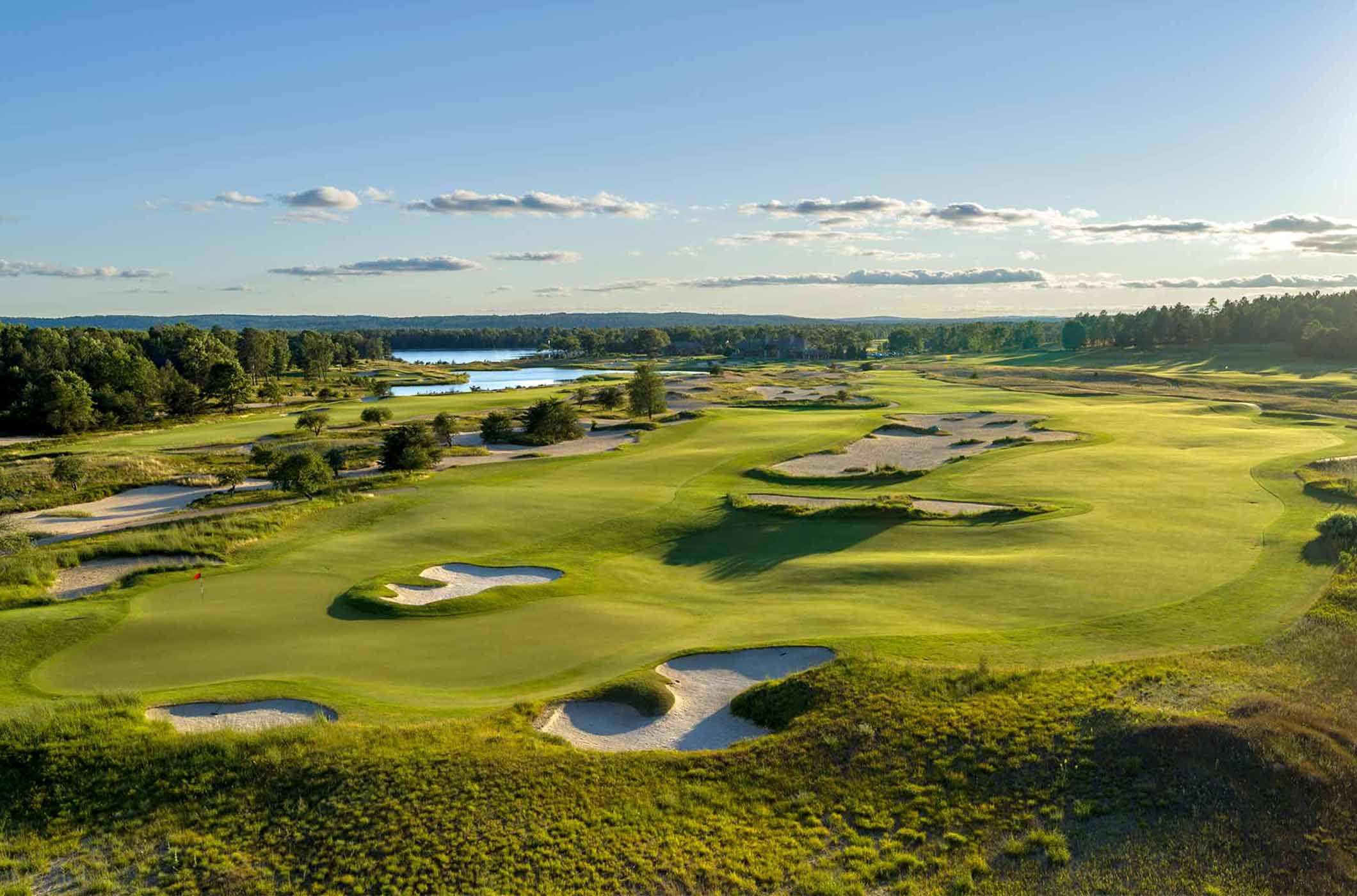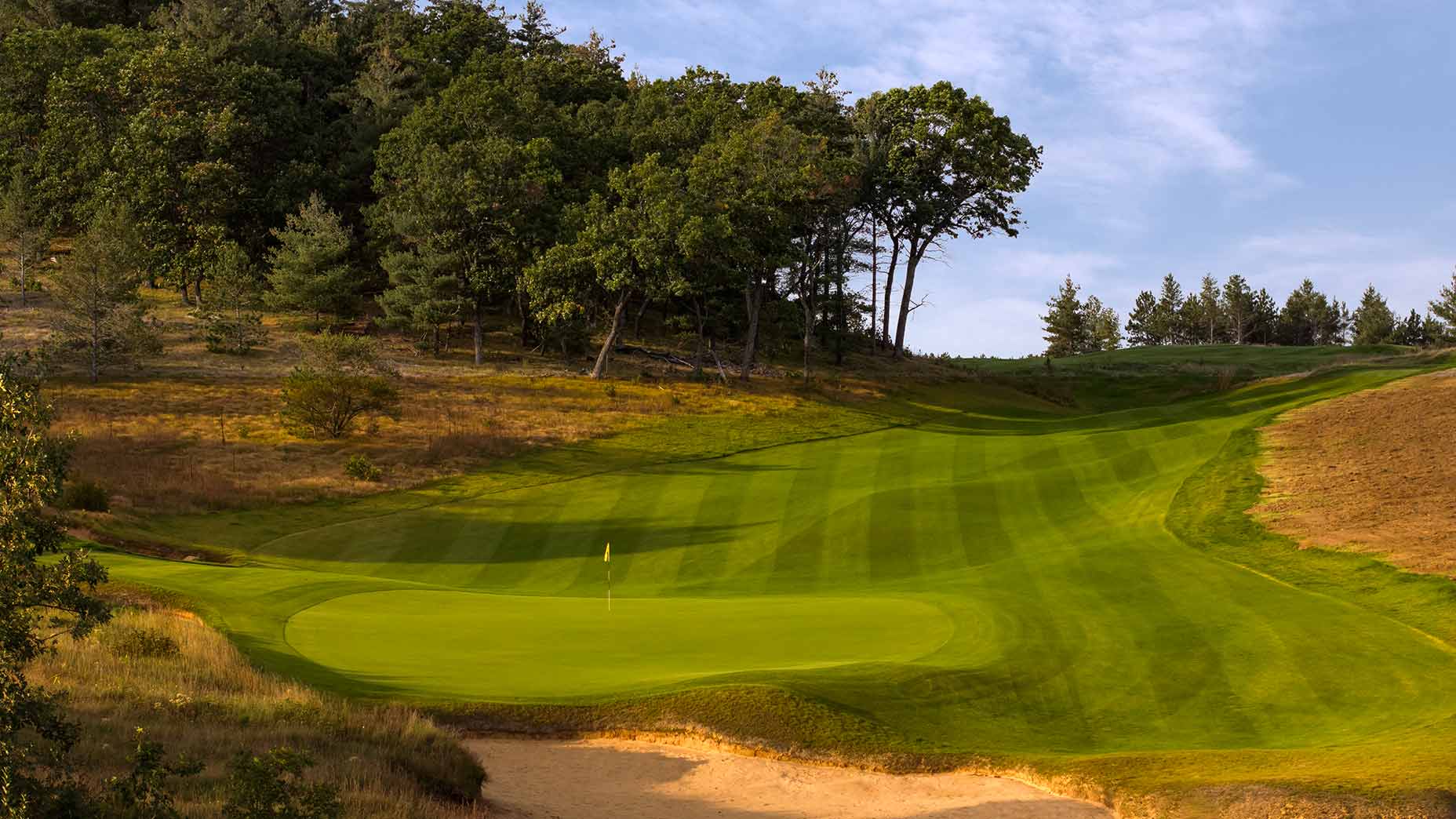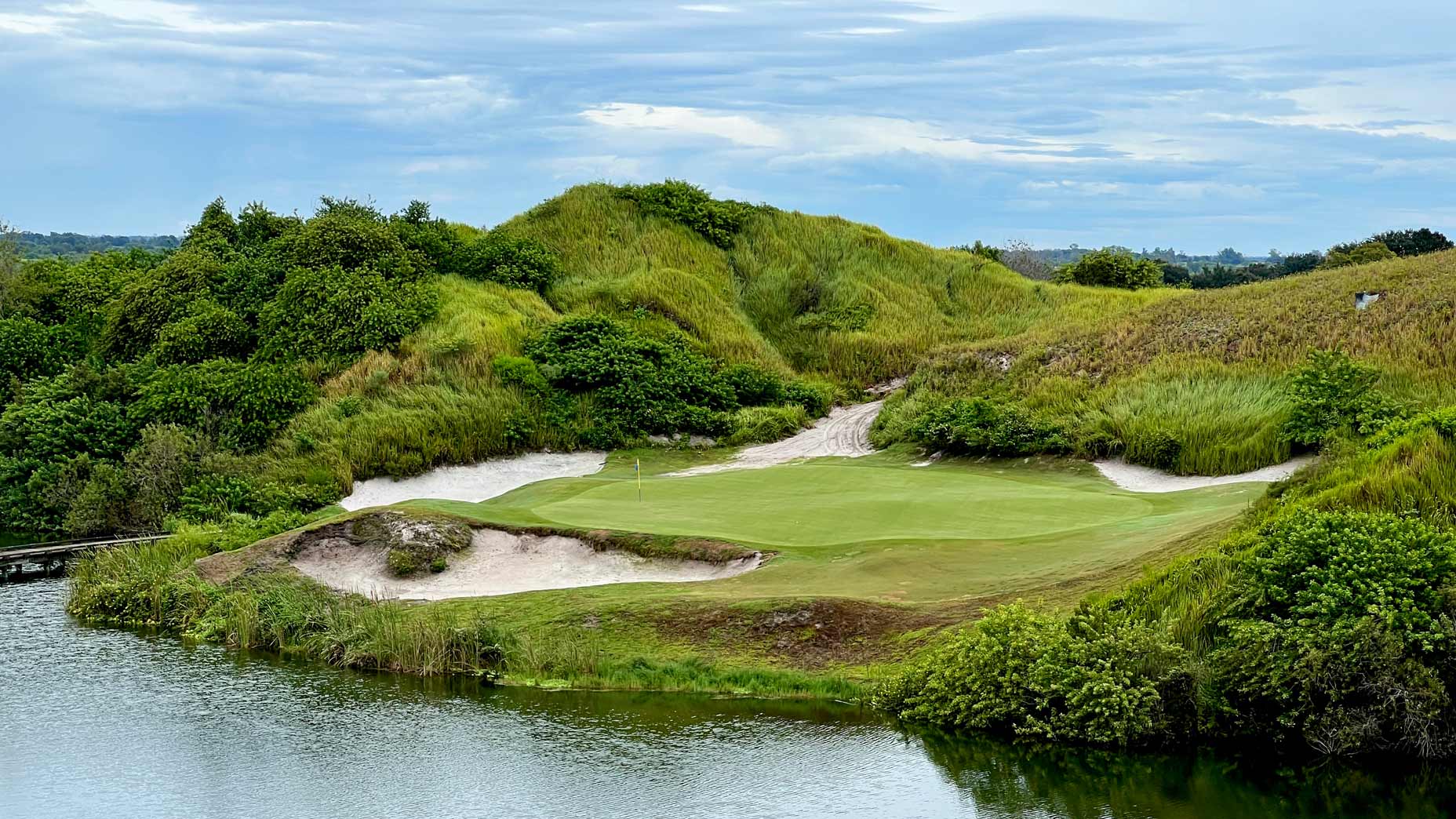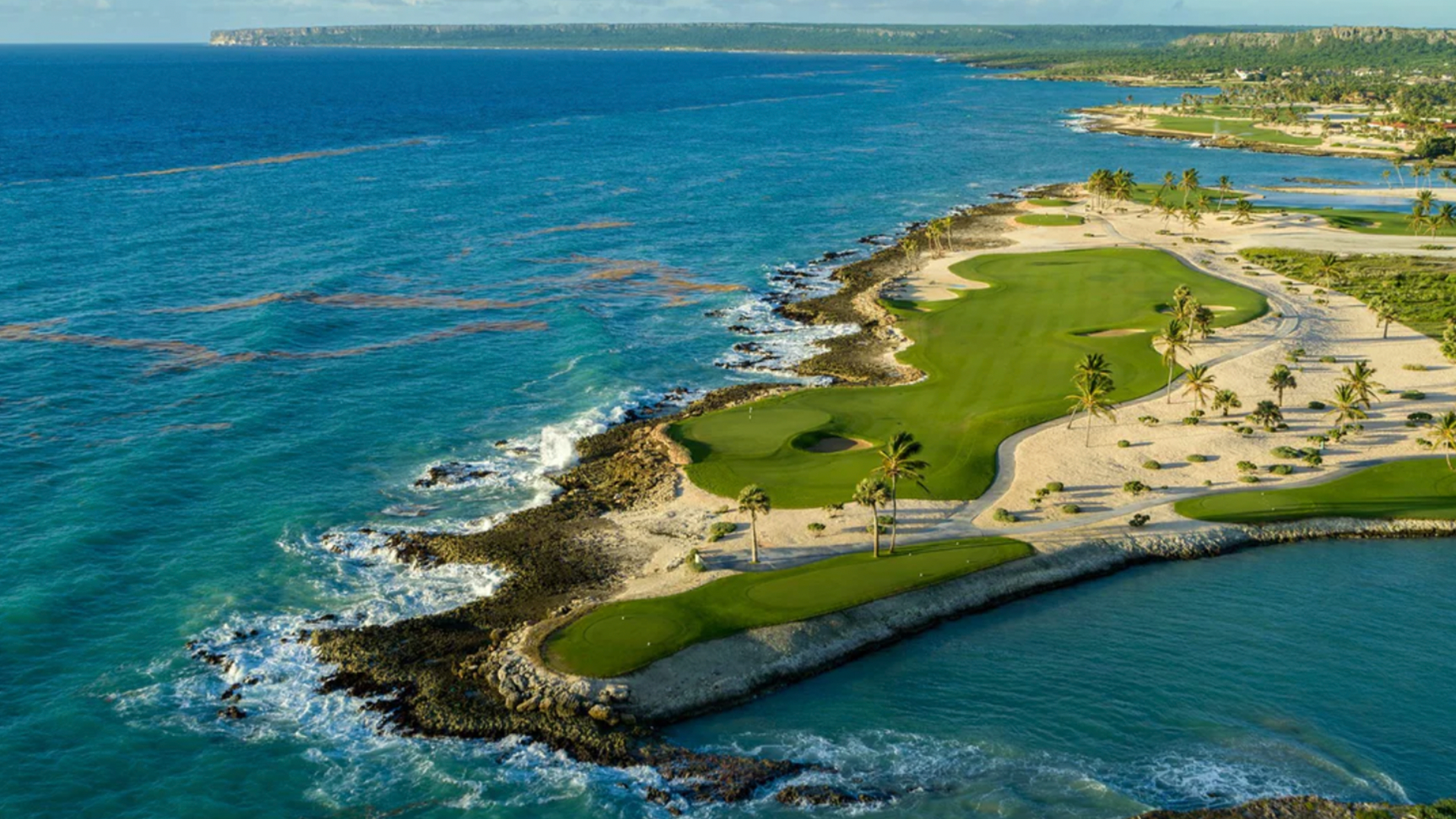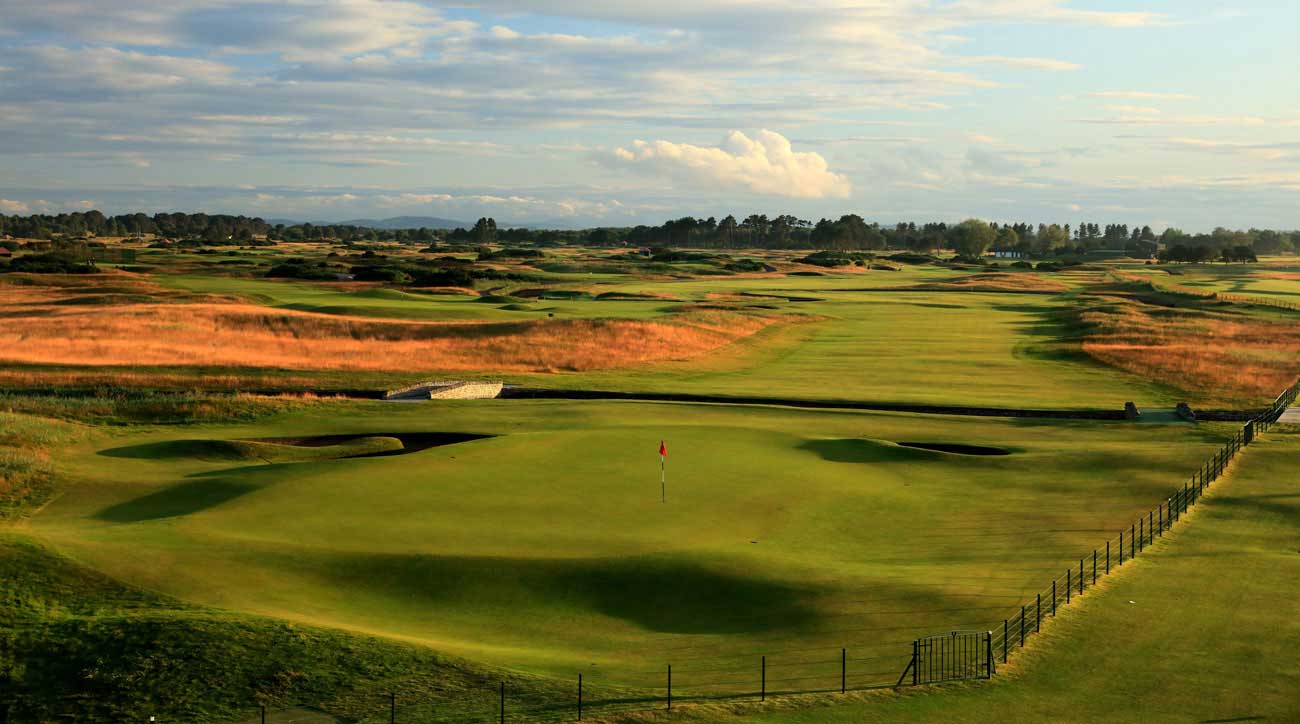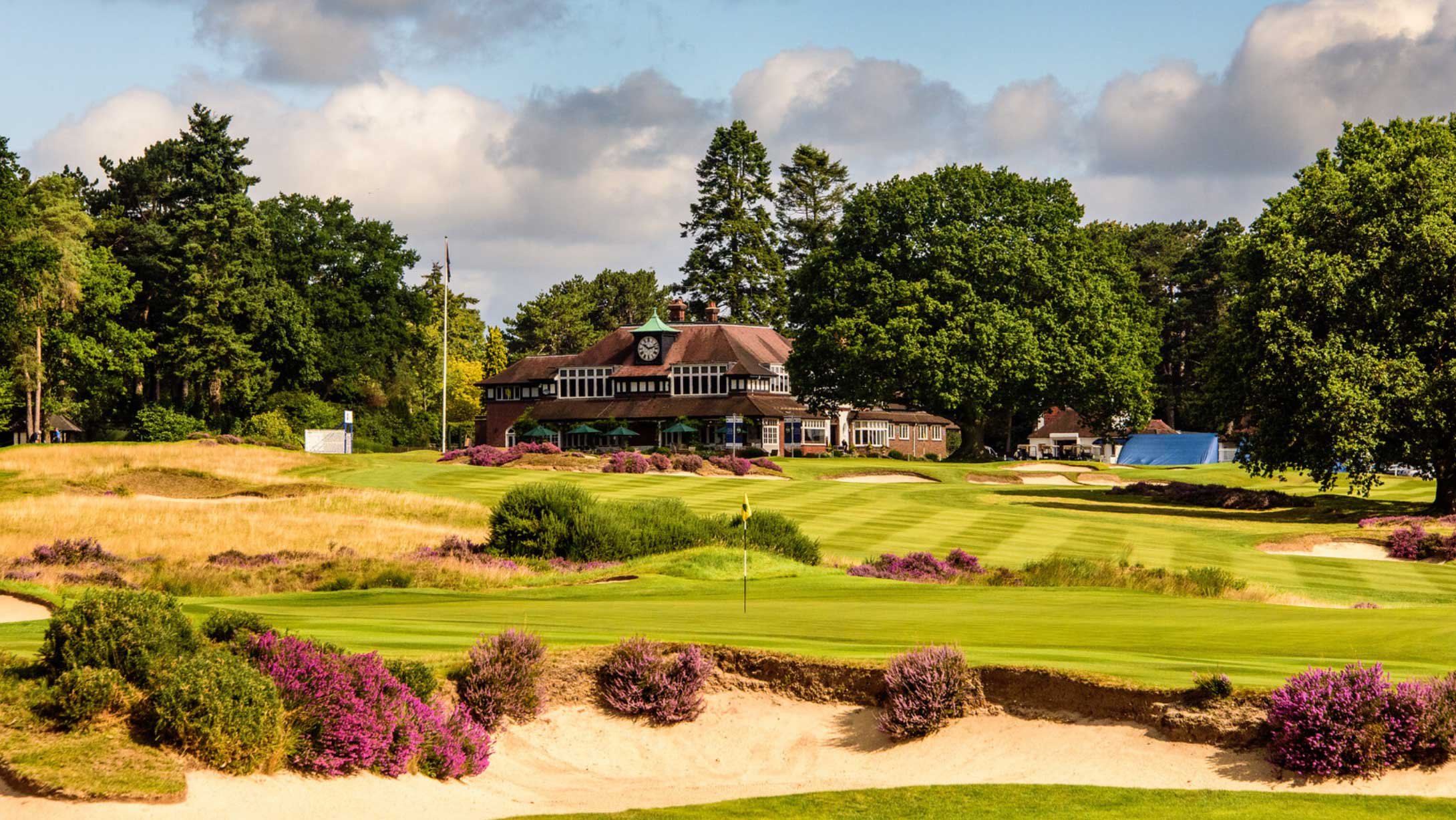The Top 100 Courses You Can Play — what an enticing title, so full of promise! Far more encouraging than the Top 100 Courses You Can Play If You Have Friends in High Places and They Like You Well Enough.
Our previous rankings of public-access courses have been confined to the United States. This time, we’ve also ventured into Canada, Mexico, Bermuda and the Caribbean. Expanding our reach means, for starters, you can find courses in prime condition at any time of year.
If golf is meant to get us to the great outdoors, what’s greater than the Canadian Rockies? In, say, July, nothing beats that amazing Banff Springs (No. 17 on our list)-Jasper Park (No. 24)-Blackhawk (No. 94) trip. In freezing February, unless you’re a skier, everything does — so consider stealing away to Cabo San Lucas, where a stay at the luxe Montage Los Cabos hotel enables you to play the recently opened Twin Dolphin (No. 71).
No matter our specific wish list, we’re all fired up to wipe the dust off our passport and once again experience different cultures and broaden our course architecture knowledge. We’ll do so knowing that this Top 100 Courses You Can Play approximates the character of our U.S. Top 100 ranking more closely than ever. It’s nothing but the highest-quality courses from start to finish. In fact, 21 You Can Plays also reside on the U.S. list and three international ones grace our World Top 100. There have never been better public golf options in North America than right now.
Defining public
What exactly constitutes “public” has become a sometimes tricky proposition. There are semiprivate courses that allow limited “outside” play certain days of the week. There are also courses that grant access via a stay at a certain hotel. Several facilities featured on this list are private clubs with a public component, akin to the UK, where members defray their dues by sharing their course on certain days with nonmembers. For our purposes, we consider a course public if you can access it as a nonmember.
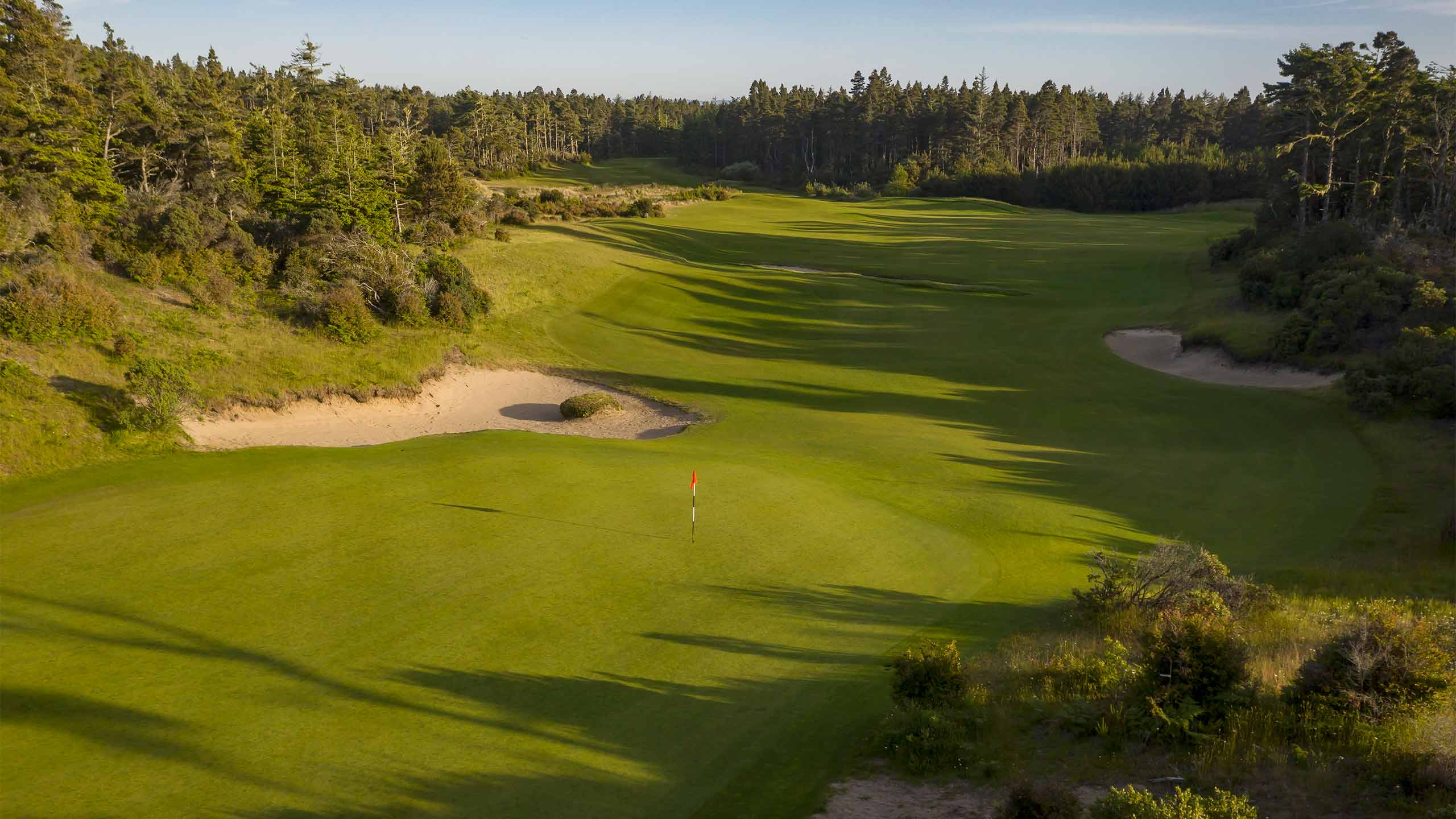
Of course, a golf course doesn’t know if it is private or public — it just is. But golfers know if they’re being babied. Scarce hazards and greens of scant interest? Next, please. A course that doesn’t challenge players doesn’t engage them either and won’t sniff our list. At the other end of the spectrum are U.S. Open sites and Top 100 You Can Play stalwarts like Pebble Beach (No. 1), Pinehurst No. 2 (No. 2), Bethpage Black (No. 5), Erin Hills (No. 31), Chambers Bay (No. 37) and this year’s venue, Torrey Pines (No. 72), emphasizing that golfers like “pleasurable excitement,” in the words of Alister MacKenzie.
There was a (dark) period not too long ago when the prevailing approach was to dumb down public designs to uptick the number of rounds. Mike Keiser, founder of Bandon Dunes Golf Resort (with the impregnable pentagon of Pacific Dunes, No. 3; Bandon Trails, No. 8; Bandon Dunes, No. 9; Old Macdonald, No. 15; Sheep Ranch, No. 20), blew that model to bits. A staggering nine of Keiser’s courses made this list. Give retail golfers what they want — dream golf — and they will respond with loyal patronage.
Keiser understands that vacation time is meant for decompression. That involves great golf but also means a place conducive to relaxation. A remote location can help achieve this vibe, propelling golfers to forge a strong connection with nature.
This Keiser-perfected model also can be experienced at wildly popular destinations like Streamsong (Red, No. 19; Blue, No. 27; Black, No. 39) and Big Cedar Lodge (Ozarks National, No. 54). Other laid-back locales, including Gamble Sands (No. 14), Mid Pines (No. 41)/Pine Needles (No. 44) and Stoatin Brae (No. 96), are family-run. It’s no coincidence that there’s nothing remotely corporate or officious about these places — they’re as welcoming as they are welcome.
Finding value
Like beauty, value is in the eye of the beholder. In 1991, I had a career round at Pinehurst No. 2 that included, among other fireworks, a hole in one. Any amount of money for the greens fee would have been worth this priceless memory. Ditto a round this past August at the Ocean Course at Kiawah Island (No. 6), where I bested my brother, a scratch player, in a match on an idyllic summer morning. (“Handicap-assisted!” you can probably hear him scream.) Life just doesn’t get any better than that.
Some of the most expensive venues on this list enjoy the busiest tee sheets. That’s good old-fashioned supply and demand. Take Pebble Beach: A round costs $595, and many golfers would sell a kidney to get out there at least once in their life. Pebble, for all the right reasons, is consistently chockablock.
By the same token, who doesn’t love a bargain? There’s a bag-load of delight in a greens fee due south of $100. Every golfer may not cherish the same things, but each knows what excites him or her. The beauty of our Top 100 Courses You Can Play list is there’s something for every budget….
Vast variety
… and taste. Let’s take a moment to consider Harbour Town (No. 16) and Sand Valley’s Mammoth Dunes (No. 29). The former has just 53 bunkers (some of them just tiny pits), wee greens averaging a bit more than 4,000 square feet and fairways replete with live oaks to demand precision navigation. True to its name, Mammoth Dunes has bunkers galore (many of them huge, sandy blowouts) and fairways and greens that could fit two or three of their Harbour Town brethren.
Newbies might wonder if these courses host the same sport. Thankfully, yes. We golfers are free to stick with the styles we prefer or, like me, celebrate the differences.
The diversity of golf ’s playing fields, and its surrounding environments, is among the game’s greatest qualities. And it’s not only geography or geology that makes a course unique. Throw the cultural elements of travel into the mix and it’s easy to see why our sport inspires such passionate wanderlust.
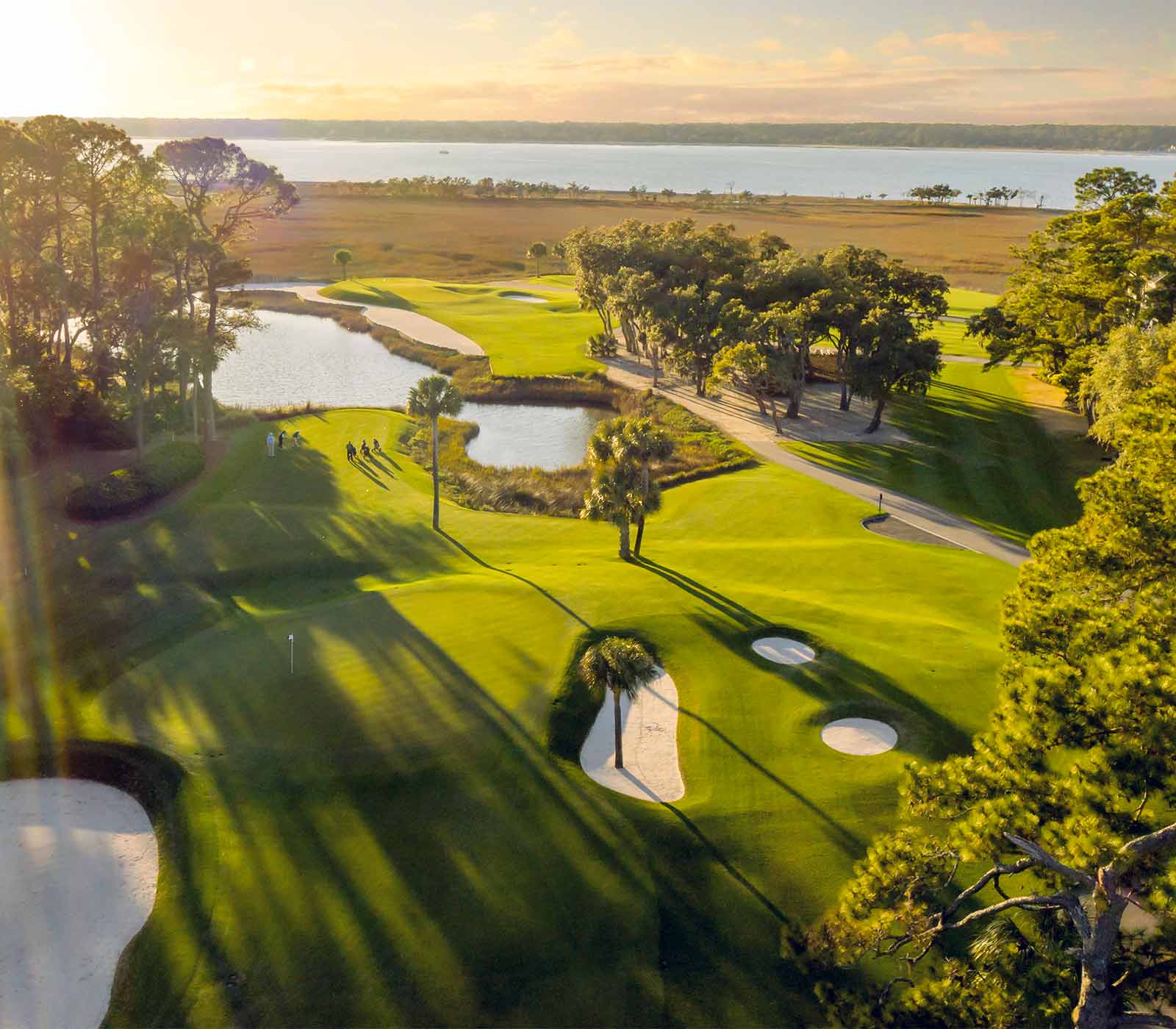

Big names
Star architects dominate this list: Ross, Nicklaus, Doak, Coore & Crenshaw, Dye, Fazio, Hanse, McLay Kidd, Thompson, Tillinghast, Macdonald/Raynor, MacKenzie, the entire Jones family and on and on. Just like they dominate, yes, our U.S. Top 100 rankings. That’s why they’re stars, right? The two notable exceptions are Perry Maxwell and George Thomas — hey, it’s a reason to make those friends in high, private places like Prairie Dunes and Riviera.
Most architects understand that as a matter of both business and legacy, it’s important to be involved in the creation of accessible courses. Designers give back to the game with their designs; the more players who get to experience them, the more they’re giving back. Municipal courses excel in this regard.
Quality conditioning
If the quality of course design itself goes through ebbs and flows — and we’re now in what many have deemed a second Golden Age — course conditioning has been pretty much a one-way street. It’s gotten better and better, with public facilities greatly narrowing the gap on their private-club siblings.
That’s long overdue. Consider that the world’s best patch of golfing turf resides at the heavily trafficked courses of St. Andrews, Scotland. Superior grasses — like the fescues featured on Keiser courses and the tight, firm bermuda at Pinehurst No. 2 — have the resort golfer playing on ideal surfaces. The firmest greens I’ve seen recently, bar none, were those at The Dunes Golf & Beach Club in Myrtle Beach (No. 53), which were regrassed with ultra-dwarf bermuda in 2013. Golfers struggle to make a pitch mark. Balls slide around these slick, soft-shouldered putting surfaces in all sorts of appealing ways.
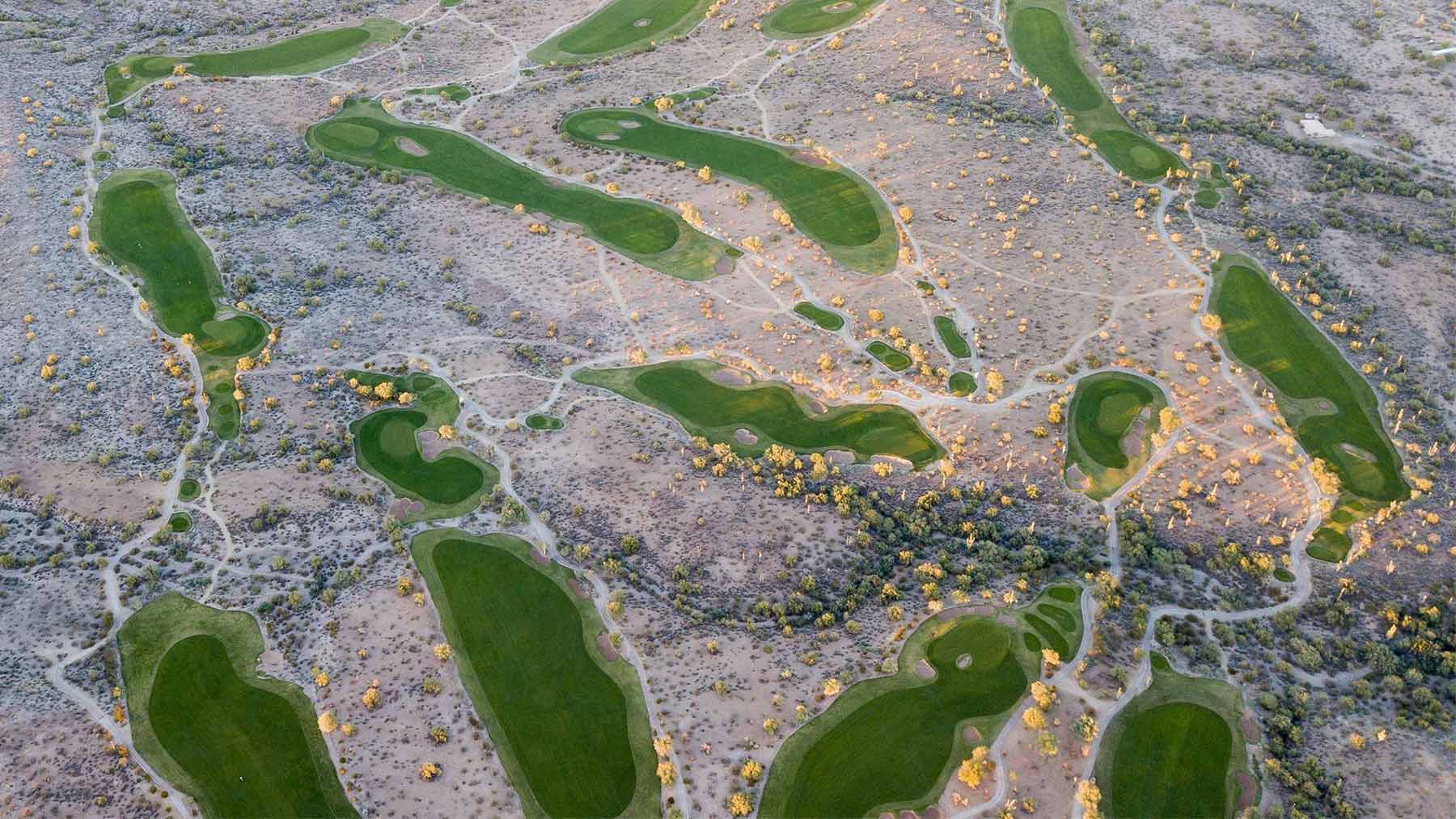
Muni momentum
Seven municipal courses make the list: two at Bethpage (the aforementioned Black and Red at No. 66), revamped Memorial Park (No. 98) in Houston that vexed the pros last November, Torrey Pines, Chambers Bay, George Wright (No. 59) in Boston, and Trump Golf Links at Ferry Point (No. 95). That’s twice the number found on our previous list.
Speaking of big numbers: George Wright did 44,000 rounds in 2020. What a fantastic respite for New Englanders during these difficult times. Kudos to its staff (and that of every other facility) for working so hard to keep workers working, golfers golfing and everyone safe. We can’t say these things enough.
With a heightened appreciation for golf ’s health and communal benefits, municipalities are beginning to invest in their courses, following in the wake of North Palm Beach (Fla.) Country Club, which Jack Nicklaus, a longtime local resident, redesigned in 2006 for $1. The Charleston (S.C.) Municipal Course reopened this past December, after Troy Miller instilled a slew of Seth Raynor template greens. Area golf has been shaped by Raynor’s renowned work at the private clubs Yeamans Hall and Country Club of Charleston. Now, everyone can enjoy a taste of how to tackle a Redan or face down a Double Plateau. Open year-round, the muni hosts nearly 60,000 rounds annually.
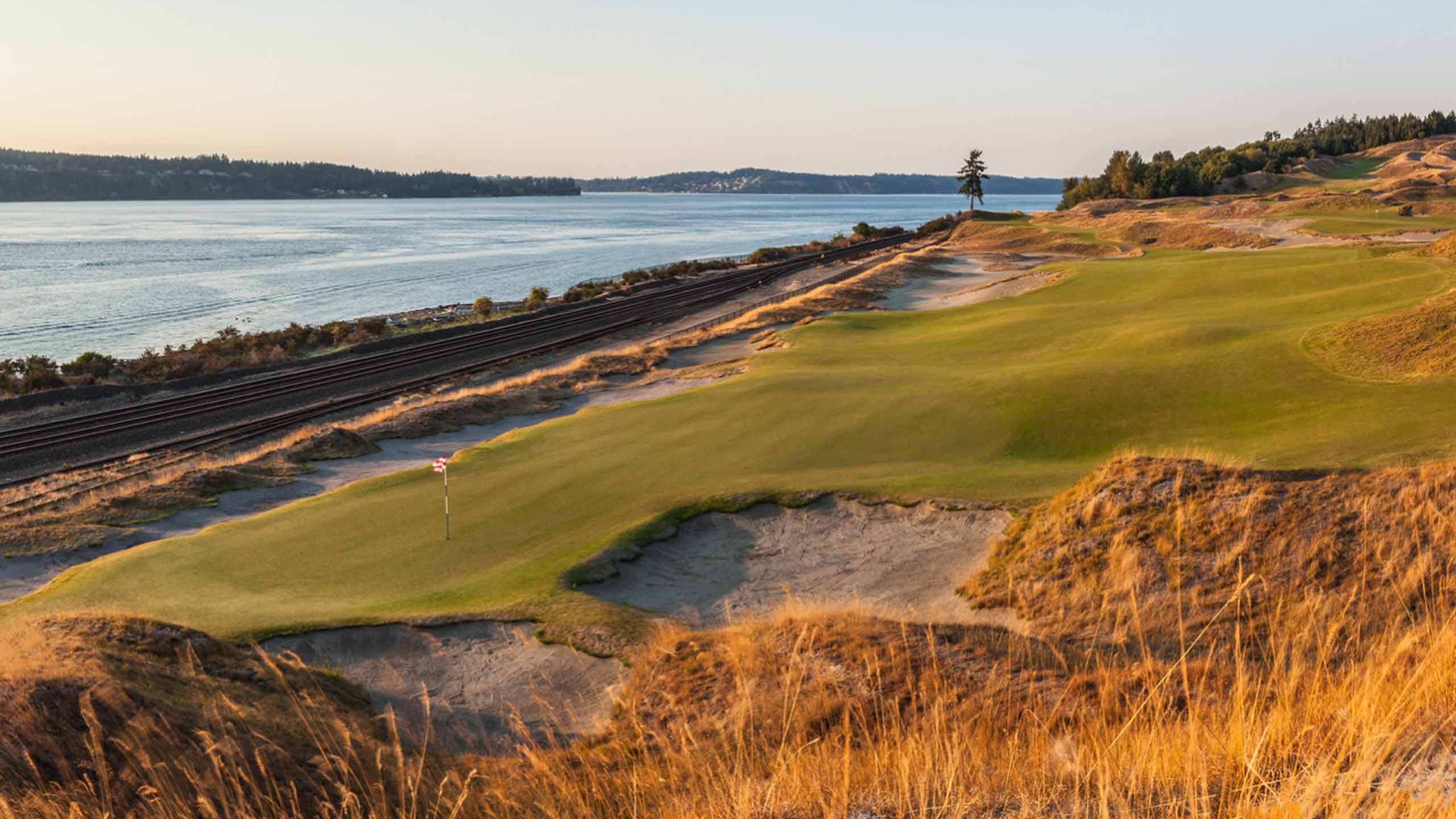
From the affiliated C.B. Macdonald design school, the Hendricks Field Municipal Course in Essex County, N.J., is in the midst of a major overhaul restoring Charles “Steamshovel” Banks’ always exciting design features. Architect Stephen Kay and Ed Brockner, a First Tee executive director, are overseeing the project, which includes returning the greens to their original size with all of their original fun too — and adding a three-hole “learning links” for this First Tee campus. Hendricks Field is scheduled to reopen in late summer and expects to host 45,000 rounds a year. Fifteen million people live within an hour’s drive, and the greens fee, even for out-of-staters, is less than $50. A hat doff to Essex County Executive Joseph DiVincenzo for pushing to get the funds approved.
That all players have the chance to pit themselves against such timeless design features bodes well for golf’s health. The more enthralling the playing experience, the more likely the player becomes enamored. Don’t be surprised to see GOLF produce a munis-only ranking before very long.
Just missed
After all the time and energy spent producing the best possible ranking we can, the first question we get is invariably: What courses just missed? Golfers, always sparing a thought for those just on the wrong side of the cut line.
Coming in at No. 101 is Leatherstocking, a 6,400-yard Devereaux Emmet gem in charming Cooperstown, N.Y., where golfers visiting the National Baseball Hall of Fame and Museum always try to fit in a round. Another near miss is a personal favorite that’s been both private and public in its 50-year existence: Fowler’s Mill, east of Cleveland and founded as a private club for the TRW Corporation. The course was meant to rival Ohio corporate stalwarts Firestone and NCR, and Pete Dye and his brother Rory didn’t hold back, producing a brawny course with several split fairways and alternate routes. This was revolutionary stuff in the early 1970s and a harbinger of what Dye had in store. The cost of my eight rounds there has averaged less than $60. Point being, with courses like these in the on-deck circle, you know the Top 100 is awfully strong.
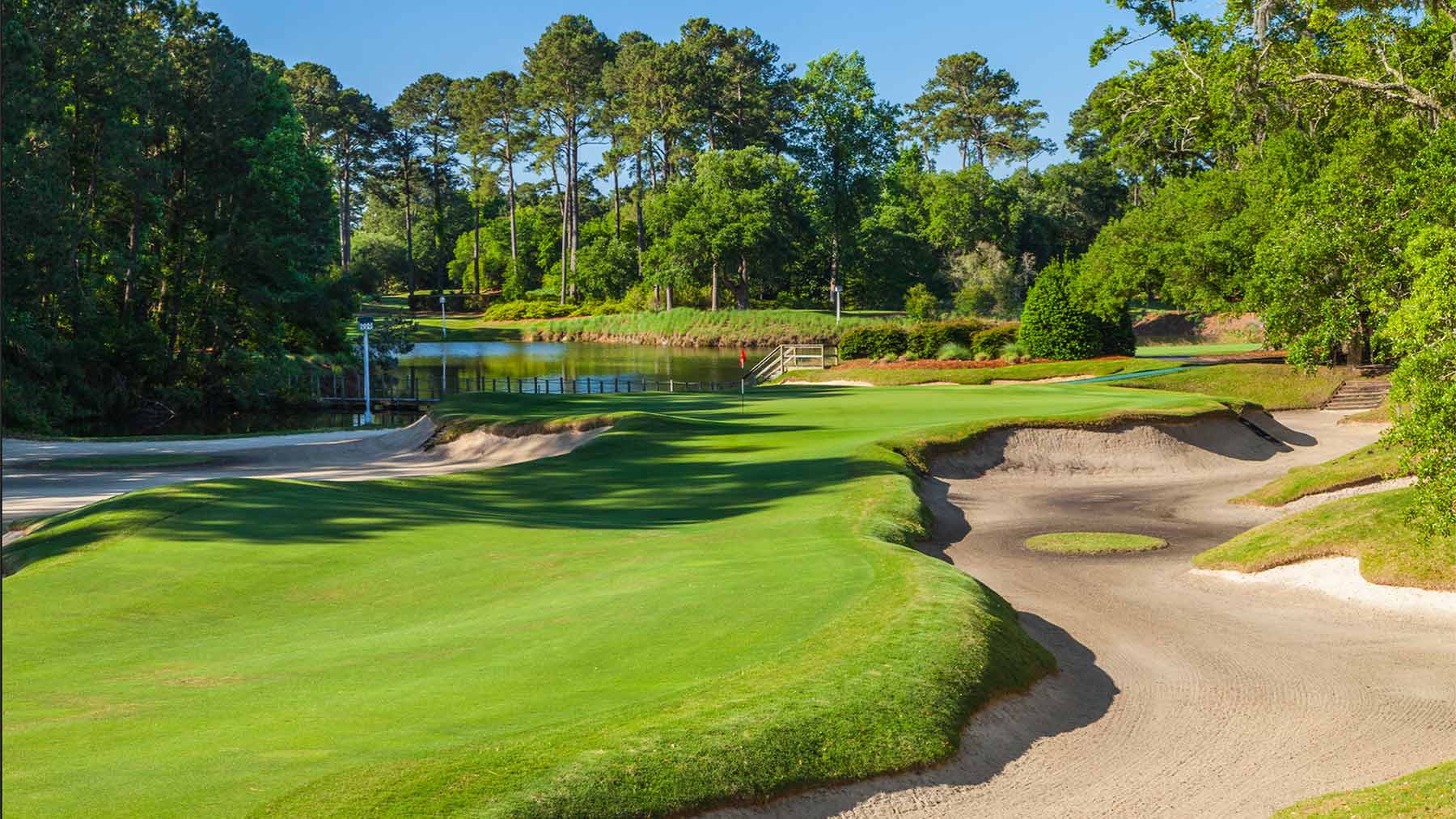
Looking ahead
In the market for good news? The Top 100 Courses You Can Play list will only get stronger. Birdwood Golf Course, outside Charlottesville, Va., opened last fall after a complete Davis Love redo. Players are raving, and if it can test the UVA golf team you’ll likely find your own hands full too.
Nicklaus Design’s American Dunes, set in a dunescape along Lake Michigan, debuted this month. My own home course, Southern Pines Country Club, once owned by the Elks, is now part of Pine Needles Resort and currently being transformed by the talented Kyle Franz.
With municipal and public-access courses on the ascent, we at GOLF are convinced that thousands upon thousands of more people will become dedicated golfers as a result. There are fields of dreams everywhere, open to all golfers. Outrageously great playing experiences await at the courses on this list and beyond. To quote the always prescient Mark Twain, “Travel is fatal to prejudice, bigotry and narrow-mindedness.” So let’s get going!

